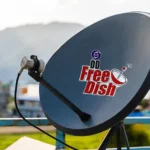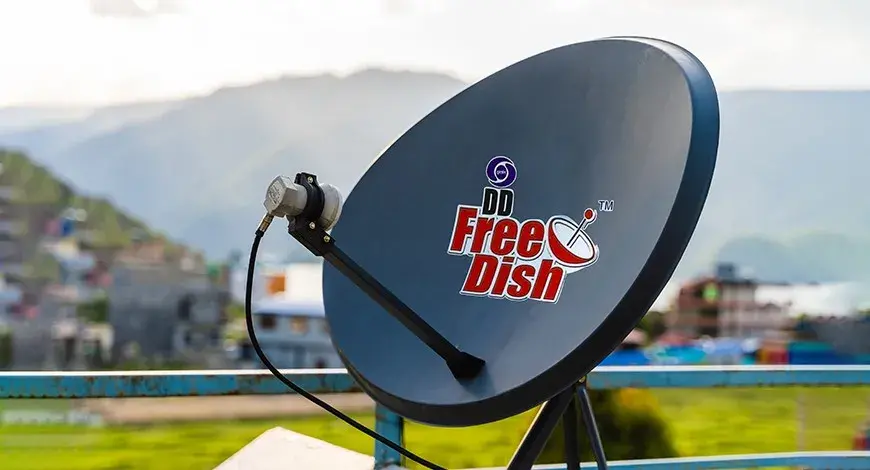August 19, 2025
Prasar Bharati’s free direct-to-home (DTH) platform, DD Free Dish, has reinforced its position as India’s largest television distribution service. However, debates continue over the true extent of its reach.
Official estimates put its user base at 49 million households in 2024, up from 33 million in 2018. Independent agencies, such as Chrome DM, believe the actual footprint is far bigger, suggesting it has already crossed 60 million homes, surpassing the combined customer base of all private pay DTH operators (around 57 million).
The confusion stems from DD Free Dish’s unencrypted signal, which makes tracking households impossible. A plan to introduce encrypted MPEG-4 boxes for measurement never materialized, leaving most viewers with inexpensive MPEG-2 set-top boxes that cannot be monitored.
Launched in 2004, DD Free Dish is unique as India’s only subscription-free DTH service. Viewers spend just a one-time amount of up to ₹2,000 for a dish and set-top box, making it the most affordable TV access option in the country.
According to a FICCI-EY report, the platform is expected to expand from 49 million homes in 2024 to 57 million homes by 2030, although exact measurement remains elusive.
Industry experts say its rapid rise has primarily been at the cost of pay-TV operators, with broadcasters fueling growth by placing free-to-air (FTA) versions of popular Hindi entertainment channels like Star Utsav, Colors Rishtey, Zee Anmol, and Sony Pal on the service. For millions who never had access to premium pay-TV channels, these reruns feel like fresh content.
Broadcasters find DD Free Dish lucrative since reruns involve low additional costs, yet give access to the ₹2,000 crore free TV ad market. With carriage fees of ₹15–20 crore per channel, networks have often used the platform strategically, exiting under pay-TV pressure and rejoining later. For instance, Hindi GECs reappeared on the platform in April after a three-year hiatus. Independent channels like Dangal TV thrived in their absence, building businesses worth hundreds of crores.
Executives like Kevin Vaz (CEO, Entertainment, JioStar) and Gaurav Banerjee (CEO, Sony Pictures Networks India) argue that free TV plays a vital role in attracting rural and small-town audiences, serving as a bridge to upgrade viewers to pay-TV as incomes grow.
Meanwhile, pay DTH players are innovating. Dish TV India has introduced the Zing Super Device, bundling free entertainment channels with pay-TV options for affordability.
Yet, competition is growing. With affordable data, YouTube has become the biggest rival, expected to surpass 800 million users in India by 2029.
DD Free Dish continues to dominate in the Hindi heartland—Uttar Pradesh, Bihar, Jharkhand, Madhya Pradesh, Rajasthan, and Uttarakhand—but is now expanding into southern states with reserved slots for regional channels. For Prasar Bharati, it has become a major revenue generator, earning nearly ₹800 crore annually through slot auctions, while avoiding expenses like license fees and transponder rentals (as these are provided free by ISRO).
Industry bodies argue that being outside TRAI’s pricing framework gives DD Free Dish an unfair advantage. TRAI has recommended encryption and regulatory oversight to ensure parity with private operators.
For now, the platform remains India’s most powerful frequency in the TV landscape, balancing its public service role with growing commercial importance. Its future will hinge on whether households see it as a permanent solution or a stepping stone before transitioning to pay-TV or digital streaming.
Source: Economic Times


